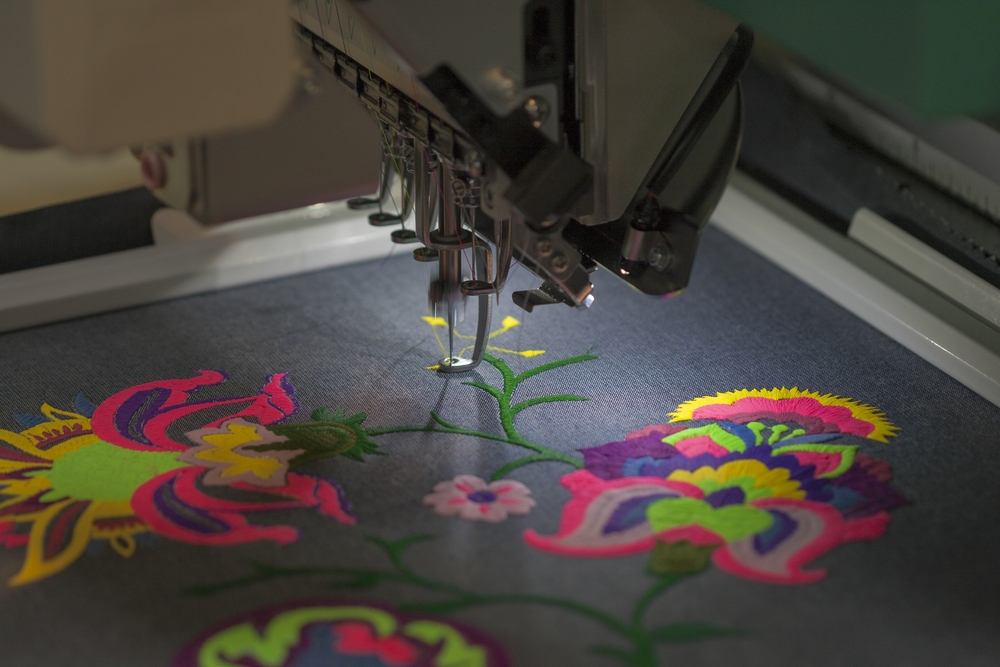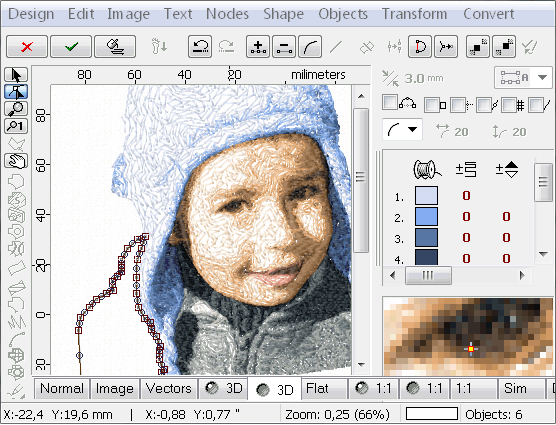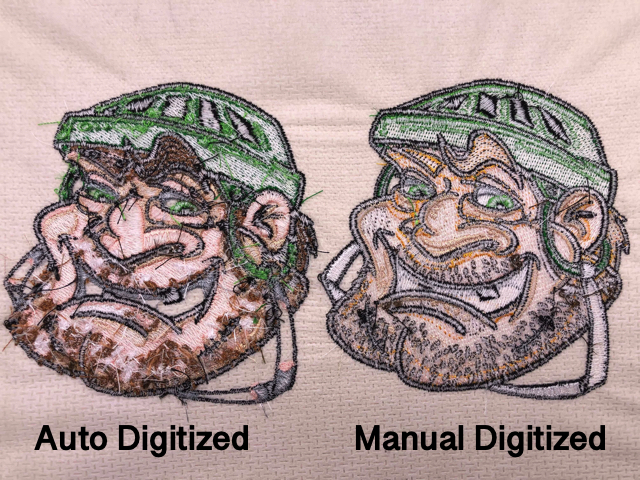Mastering the Embroidery Digitizing Refine: Your Ultimate Overview
Needlework digitizing is a careful craft that calls for accuracy and expertise to translate intricate designs right into electronic layouts for maker needlework. As artisans embark on this journey to master the needlework digitizing procedure, a detailed understanding of the fundamentals sets the foundation for excellence.

Comprehending Needlework Digitizing Fundamentals
Embroidery digitizing fundamentals develop the foundation upon which elaborate designs are translated into machine-readable formats for accurate stitching. This initial action in the embroidery digitizing procedure is vital for making certain that the last embroidered product is a loyal depiction of the initial style. Understanding embroidery digitizing fundamentals includes comprehending key concepts such as stitch kinds, sew direction, density, padding, and draw payment.
Sew types play a vital duty in establishing the aesthetic and textural outcome of the stitched layout. By choosing the suitable stitch kind, whether it be satin, fill, or running stitch, digitizers can accomplish the preferred effect and boost the general quality of the needlework. Furthermore, stitch instructions influences the circulation and measurement of the design, while thickness figures out the spacing and protection of the stitches.
Furthermore, padding stitching provides security to the layout by protecting the fabric and protecting against distortion during the embroidery procedure. Draw payment is another crucial consideration to counteract the all-natural tendency of textile to contract when sewn. Mastering these needlework digitizing basics is basic for creating professional-quality stitched products.
Selecting the Right Digitizing Software Program
Selecting the proper digitizing software program is an important decision that significantly affects the efficiency and quality of the needlework digitizing process. Digitizing for Embroidery. When selecting the ideal digitizing software program, it is important to think about aspects such as the intricacy of layouts you intend to create, the user-friendliness of the software, the level of consumer assistance used, and the compatibility with your embroidery device
There are different digitizing software application choices offered in the marketplace, varying from basic programs for beginners to sophisticated software application for professional digitizers. Some popular choices include Wilcom EmbroideryStudio, Hatch Needlework Software Program, and PulseID. These software program plans supply a wide variety of devices and functions to assist you develop elaborate styles effortlessly.
Before making a decision, it is recommended to check out the various software application options through free tests or demonstrations to identify which one best matches your demands. Furthermore, reading reviews and looking for suggestions from skilled digitizers can offer important understandings right into the staminas and weak points of each software program bundle (Digitizing for Embroidery). By carefully reviewing your demands and comparing the attributes of different digitizing software, you can make an enlightened option that enhances your embroidery digitizing process
Digitizing Tools and Strategies

Optimizing Style Settings for Embroidery
Understanding the complexities of layout settings is basic in achieving optimum results in the embroidery digitizing procedure, building upon the foundation laid by recognizing digitizing tools and methods. When maximizing design setups for needlework, it is vital to take into consideration elements such as stitch kind, density, rug, draw compensation, and registration. Enrollment setups align different components of the layout accurately, preserving total layout integrity.

Troubleshooting Common Digitizing Issues
When experiencing usual digitizing problems throughout the needlework process, it is vital to comprehend the origin and implement reliable solutions promptly. One common issue is stitch thickness problems, where stitches might be too dense, triggering the textile to tighten, or too sporadic, bring about voids in the design. Changing the stitch thickness setups in the digitizing software can help fix this problem.
An additional frequent challenge is string breaks during the embroidery process. This can happen because of numerous factors such as wrong stress setups, dull needles, or using low-quality thread. Guaranteeing appropriate maintenance of the embroidery maker, consisting of routine needle modifications and tension modifications, can lessen the incident of string breaks.
Additionally, style enrollment mistakes can lead to misaligned aspects within the embroidery design. Checking the design alignment in the digitizing software and making necessary adjustments prior to sewing can aid in avoiding this concern. By Check This Out resolving these usual digitizing concerns immediately and successfully, you can make sure a smoother embroidery process and top quality finished items.
Verdict
To conclude, grasping the embroidery digitizing procedure calls for a solid understanding of the basics, the right choice of software program, and understanding of tools and strategies. Enhancing style setups and fixing typical digitizing issues are crucial actions in making sure premium embroidery outcomes. By complying with these steps carefully, one click here now can achieve accuracy and effectiveness in the digitizing process.